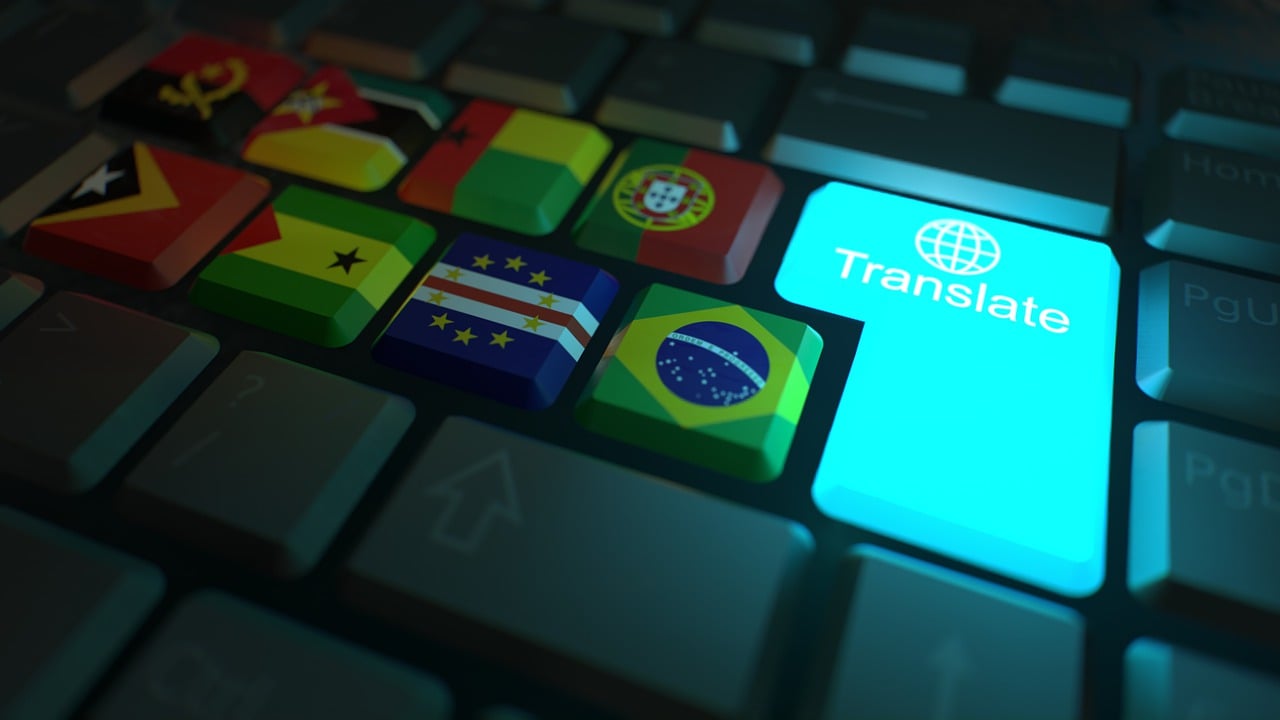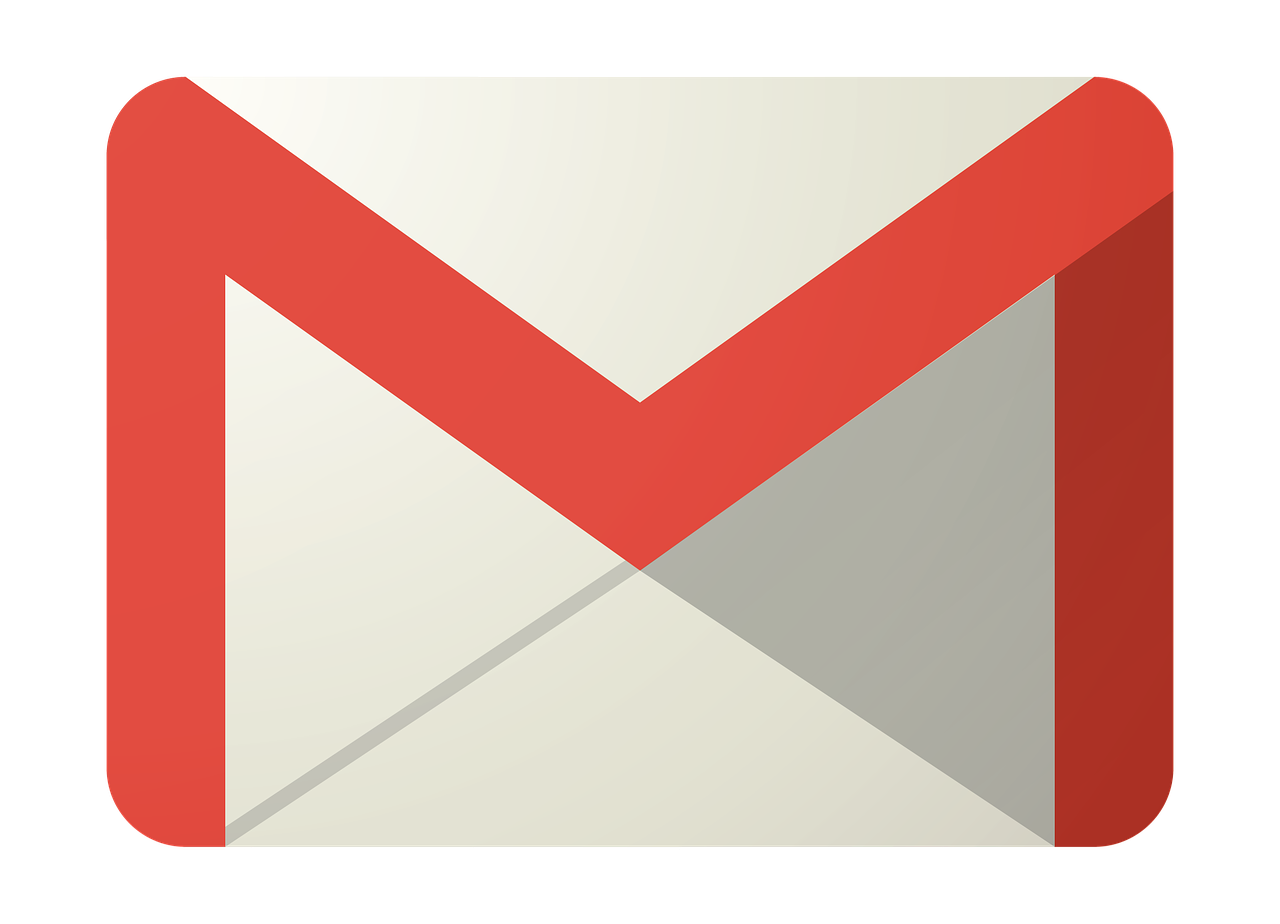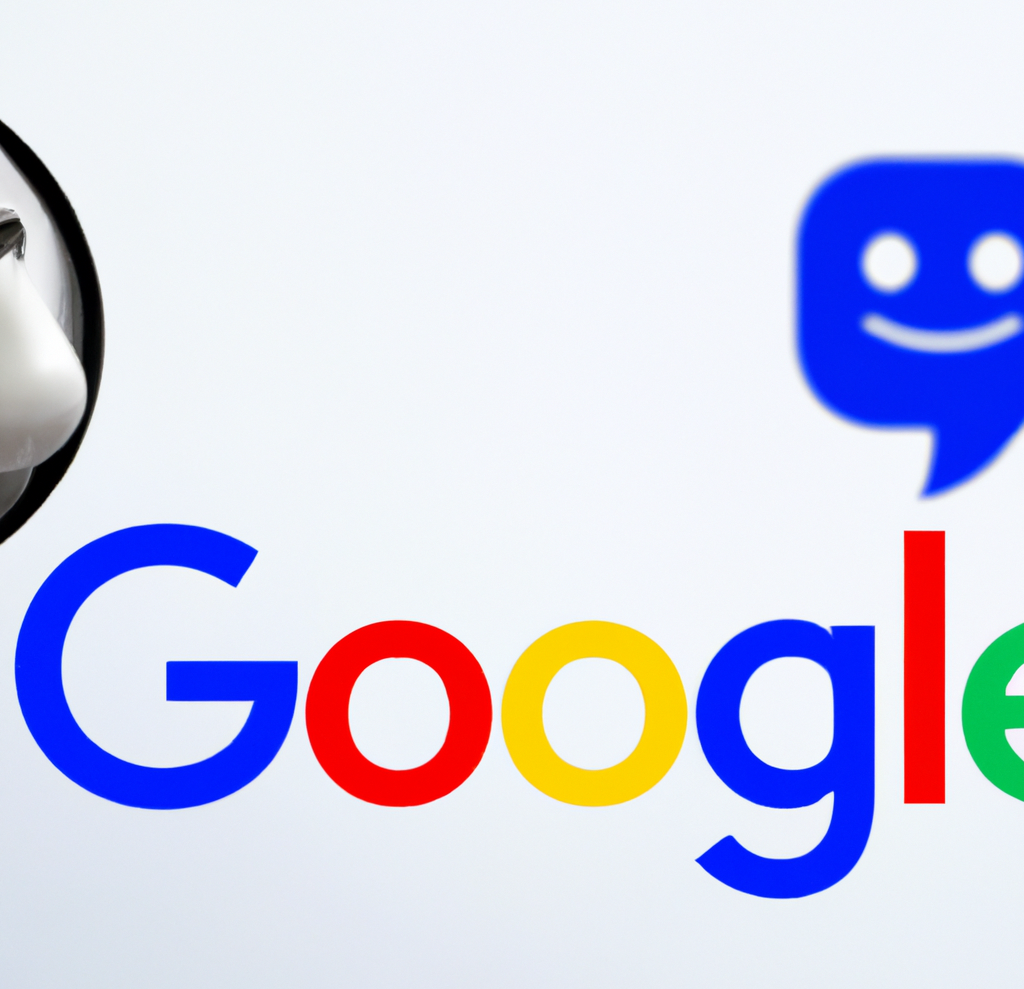3 questions SMBs should ask to maximize their COVID-19 Google Ads credit
Eligible small and medium-sized businesses are starting to receive Google Ads credits in their accounts over the coming weeks. If you receive one of these credits, you may be wondering how best to spend this bonus budget for maximum impact.
Credits will show up automatically in qualifying accounts, and the maximum credit is equivalent to $1,000, based on historical spend. The credit can be used up until Dec 31 of this year. So how do you make the most of this free money to help your business re-engage customers and recover from the COVID-19 fallout?
We asked three Google Ads experts who have deep experience working with SMBs what three key questions they suggest companies consider to help guide how they allocate their Google Ads credits.
Get the Periodic Tables of PPC Elements
Think about efficiency, but don’t be afraid to try something new
“Now is a time to really think about efficiency in your accounts, especially for small businesses,” says Julie Friedman Bacchini of Neptune Moon LLC. “You want to put your resources where you have the greatest chance of getting conversions, But, at the same time, don’t be afraid to do something different from what you’ve done historically. If your business’ circumstances have changed significantly, your PPC advertising might need a big shift, too!”
Friedman Bacchini recommends starting with these three questions:
- Where, geographically, have your ads preformed best (particularly in the past 2 months) and how can you focus on areas where you have had past success?
- Do you want to tighten your focus on what you’re advertising based on what or how you are able to deliver your business’ products or services?
- Is my ad copy relevant, up to date and appropriate for the current climate?
Support new offerings while giving proven-performers more runway
Robert Brady of Righteous Marketing says most of the SMB’s he works with typically have limited budgets, and “These would be the three questions I’d pose to an SMB with some new-found budget:”
- Do you have campaigns with attractive conversion metrics (high ROAS [return on ad spend], low cost/conversion, etc.) that are budget limited? These are prime candidates for using these credits at maximum return.
- Have you added new services recently (curbside pickup, delivery, online shopping/e-commerce, etc.) that you’re not promoting? Allocate some of these dollars to support your new offerings.
- Is remarketing part of your current mix? If not, use this budget boost to set up and test remarketing to those people who visit your site and DON’T convert right away.
Consider moving beyond Search
“I encourage everyone to let the data in front of them be their guide,” says Navah Hopkins, director of paid media at Hennessey Digital. “Tactics that worked a few months ago may need to be revisited (and that’s OK). So long as business metrics are at the heart of all digital marketing decisions, you will overcome this difficult period.”
Hopkins suggests posing these three questions:
1. What parts of my business do I make the best margins?
It can be tempting to use digital marketing for all parts of the business, but that can spell disaster (especially for budget-strapped SMBs). I’d encourage all businesses to evaluate where they make the most money (either in regions served or in products provided). Allocating the $13-$33 extra dollars per day to campaigns focused on high-profit products/services ensures the funds are able to do the most amount of good.
As an aside, any credit amount you get should be divided by 30.4 so you know how much to add to existing campaign [daily budgets]. If you will be running a new campaign with the money, note that Search is likely NOT the best home for it (due to auction price and ramp-up time). A Display or YouTube campaign will be the best home for it.
2. Where do I have the greatest capacity for leads/sales?
Beyond profit margins, we also need to think pragmatically about our leads. If it comes in, will I be able to service it within a reasonable amount of time, or will it become wasted spend because I can’t get to it in time? Focusing budget on prospects with whom you have the easiest time servicing will ensure those precious marketing dollars achieve the greatest ROI. This might mean changing your ad schedule to just run during working hours (adjusting for the time zone of your prospects), or upping the budget on a location/service-based campaign.
Note: if you’re on auto-bidding (which I don’t recommend right now unless you kept your campaigns active through COVID. I’ve been seeing auto-bidding underbidding more often than not since COVID), you will need to give any budget change five days. If you’re on manual, you can gradually increase week over week.
If all parts of the business are starving, factor in margins to break ties.
3. Is Search the best home for this grant?
We often fall into the default trap of thinking about Google as search-only. This leaves out the incredibly useful and increasingly profitable YouTube and Display. Given that the most you will see from this grant is $1,000, the funds might reach further if they’re fueling a community engagement campaign via Display or showcasing your amazing team and reminding folks you’re open through YouTube. Best of all, these channels provide potential audience fuel for future search campaigns.
If the prospect of creating a Display or YouTube spot seems daunting, don’t despair! Responsive display ads allow for stock photos and the scanning of your site. On YouTube, Google launched the YouTube Video Builder, which is a FREE way to make 6- and 15-second videos.
About The Author
Ginny Marvin is Third Door Media’s Editor-in-Chief, running the day to day editorial operations across all publications and overseeing paid media coverage. Ginny Marvin writes about paid digital advertising and analytics news and trends for Search Engine Land, Marketing Land and MarTech Today. With more than 15 years of marketing experience, Ginny has held both in-house and agency management positions. She can be found on Twitter as @ginnymarvin.
AI
Exploring the Evolution of Language Translation: A Comparative Analysis of AI Chatbots and Google Translate

According to an article on PCMag, while Google Translate makes translating sentences into over 100 languages easy, regular users acknowledge that there’s still room for improvement.
In theory, large language models (LLMs) such as ChatGPT are expected to bring about a new era in language translation. These models consume vast amounts of text-based training data and real-time feedback from users worldwide, enabling them to quickly learn to generate coherent, human-like sentences in a wide range of languages.
However, despite the anticipation that ChatGPT would revolutionize translation, previous experiences have shown that such expectations are often inaccurate, posing challenges for translation accuracy. To put these claims to the test, PCMag conducted a blind test, asking fluent speakers of eight non-English languages to evaluate the translation results from various AI services.
The test compared ChatGPT (both the free and paid versions) to Google Translate, as well as to other competing chatbots such as Microsoft Copilot and Google Gemini. The evaluation involved comparing the translation quality for two test paragraphs across different languages, including Polish, French, Korean, Spanish, Arabic, Tagalog, and Amharic.
In the first test conducted in June 2023, participants consistently favored AI chatbots over Google Translate. ChatGPT, Google Bard (now Gemini), and Microsoft Bing outperformed Google Translate, with ChatGPT receiving the highest praise. ChatGPT demonstrated superior performance in converting colloquialisms, while Google Translate often provided literal translations that lacked cultural nuance.
For instance, ChatGPT accurately translated colloquial expressions like “blow off steam,” whereas Google Translate produced more literal translations that failed to resonate across cultures. Participants appreciated ChatGPT’s ability to maintain consistent levels of formality and its consideration of gender options in translations.
The success of AI chatbots like ChatGPT can be attributed to reinforcement learning with human feedback (RLHF), which allows these models to learn from human preferences and produce culturally appropriate translations, particularly for non-native speakers. However, it’s essential to note that while AI chatbots outperformed Google Translate, they still had limitations and occasional inaccuracies.
In a subsequent test, PCMag evaluated different versions of ChatGPT, including the free and paid versions, as well as language-specific AI agents from OpenAI’s GPTStore. The paid version of ChatGPT, known as ChatGPT Plus, consistently delivered the best translations across various languages. However, Google Translate also showed improvement, performing surprisingly well compared to previous tests.
Overall, while ChatGPT Plus emerged as the preferred choice for translation, Google Translate demonstrated notable improvement, challenging the notion that AI chatbots are always superior to traditional translation tools.
Source: https://www.pcmag.com/articles/google-translate-vs-chatgpt-which-is-the-best-language-translator
Google Implements Stricter Guidelines for Mass Email Senders to Gmail Users

Beginning in April, Gmail senders bombarding users with unwanted mass emails will encounter a surge in message rejections unless they comply with the freshly minted Gmail email sender protocols, Google cautions.
Fresh Guidelines for Dispatching Mass Emails to Gmail Inboxes In an elucidative piece featured on Forbes, it was highlighted that novel regulations are being ushered in to shield Gmail users from the deluge of unsolicited mass emails. Initially, there were reports surfacing about certain marketers receiving error notifications pertaining to messages dispatched to Gmail accounts. Nonetheless, a Google representative clarified that these specific errors, denoted as 550-5.7.56, weren’t novel but rather stemmed from existing authentication prerequisites.
Moreover, Google has verified that commencing from April, they will initiate “the rejection of a portion of non-compliant email traffic, progressively escalating the rejection rate over time.” Google elaborates that, for instance, if 75% of the traffic adheres to the new email sender authentication criteria, then a portion of the remaining non-conforming 25% will face rejection. The exact proportion remains undisclosed. Google does assert that the implementation of the new regulations will be executed in a “step-by-step fashion.”
This cautious and methodical strategy seems to have already kicked off, with transient errors affecting a “fraction of their non-compliant email traffic” coming into play this month. Additionally, Google stipulates that bulk senders will be granted until June 1 to integrate “one-click unsubscribe” in all commercial or promotional correspondence.
Exclusively Personal Gmail Accounts Subject to Rejection These alterations exclusively affect bulk emails dispatched to personal Gmail accounts. Entities sending out mass emails, specifically those transmitting a minimum of 5,000 messages daily to Gmail accounts, will be mandated to authenticate outgoing emails and “refrain from dispatching unsolicited emails.” The 5,000 message threshold is tabulated based on emails transmitted from the same principal domain, irrespective of the employment of subdomains. Once the threshold is met, the domain is categorized as a permanent bulk sender.
These guidelines do not extend to communications directed at Google Workspace accounts, although all senders, including those utilizing Google Workspace, are required to adhere to the updated criteria.
Augmented Security and Enhanced Oversight for Gmail Users A Google spokesperson emphasized that these requisites are being rolled out to “fortify sender-side security and augment user control over inbox contents even further.” For the recipient, this translates to heightened trust in the authenticity of the email sender, thus mitigating the risk of falling prey to phishing attempts, a tactic frequently exploited by malevolent entities capitalizing on authentication vulnerabilities. “If anything,” the spokesperson concludes, “meeting these stipulations should facilitate senders in reaching their intended recipients more efficiently, with reduced risks of spoofing and hijacking by malicious actors.”
Google’s Next-Gen AI Chatbot, Gemini, Faces Delays: What to Expect When It Finally Launches

In an unexpected turn of events, Google has chosen to postpone the much-anticipated debut of its revolutionary generative AI model, Gemini. Initially poised to make waves this week, the unveiling has now been rescheduled for early next year, specifically in January.
Gemini is set to redefine the landscape of conversational AI, representing Google’s most potent endeavor in this domain to date. Positioned as a multimodal AI chatbot, Gemini boasts the capability to process diverse data types. This includes a unique proficiency in comprehending and generating text, images, and various content formats, even going so far as to create an entire website based on a combination of sketches and written descriptions.
Originally, Google had planned an elaborate series of launch events spanning California, New York, and Washington. Regrettably, these events have been canceled due to concerns about Gemini’s responsiveness to non-English prompts. According to anonymous sources cited by The Information, Google’s Chief Executive, Sundar Pichai, personally decided to postpone the launch, acknowledging the importance of global support as a key feature of Gemini’s capabilities.
Gemini is expected to surpass the renowned ChatGPT, powered by OpenAI’s GPT-4 model, and preliminary private tests have shown promising results. Fueled by significantly enhanced computing power, Gemini has outperformed GPT-4, particularly in FLOPS (Floating Point Operations Per Second), owing to its access to a multitude of high-end AI accelerators through the Google Cloud platform.
SemiAnalysis, a research firm affiliated with Substack Inc., expressed in an August blog post that Gemini appears poised to “blow OpenAI’s model out of the water.” The extensive compute power at Google’s disposal has evidently contributed to Gemini’s superior performance.
Google’s Vice President and Manager of Bard and Google Assistant, Sissie Hsiao, offered insights into Gemini’s capabilities, citing examples like generating novel images in response to specific requests, such as illustrating the steps to ice a three-layer cake.
While Google’s current generative AI offering, Bard, has showcased noteworthy accomplishments, it has struggled to achieve the same level of consumer awareness as ChatGPT. Gemini, with its unparalleled capabilities, is expected to be a game-changer, demonstrating impressive multimodal functionalities never seen before.
During the initial announcement at Google’s I/O developer conference in May, the company emphasized Gemini’s multimodal prowess and its developer-friendly nature. An application programming interface (API) is under development, allowing developers to seamlessly integrate Gemini into third-party applications.
As the world awaits the delayed unveiling of Gemini, the stakes are high, with Google aiming to revolutionize the AI landscape and solidify its position as a leader in generative artificial intelligence. The postponed launch only adds to the anticipation surrounding Gemini’s eventual debut in the coming year.
-

 PPC4 days ago
PPC4 days ago19 Best SEO Tools in 2024 (For Every Use Case)
-

 PPC7 days ago
PPC7 days ago4 New Google Ads Performance Max Updates: What You Need to Know
-

 MARKETING7 days ago
MARKETING7 days agoWill Google Buy HubSpot? | Content Marketing Institute
-
SEARCHENGINES6 days ago
Daily Search Forum Recap: April 16, 2024
-

 SEO6 days ago
SEO6 days agoGoogle Clarifies Vacation Rental Structured Data
-

 MARKETING6 days ago
MARKETING6 days agoStreamlining Processes for Increased Efficiency and Results
-
SEARCHENGINES5 days ago
Daily Search Forum Recap: April 17, 2024
-

 PPC7 days ago
PPC7 days agoHow to Collect & Use Customer Data the Right (& Ethical) Way



